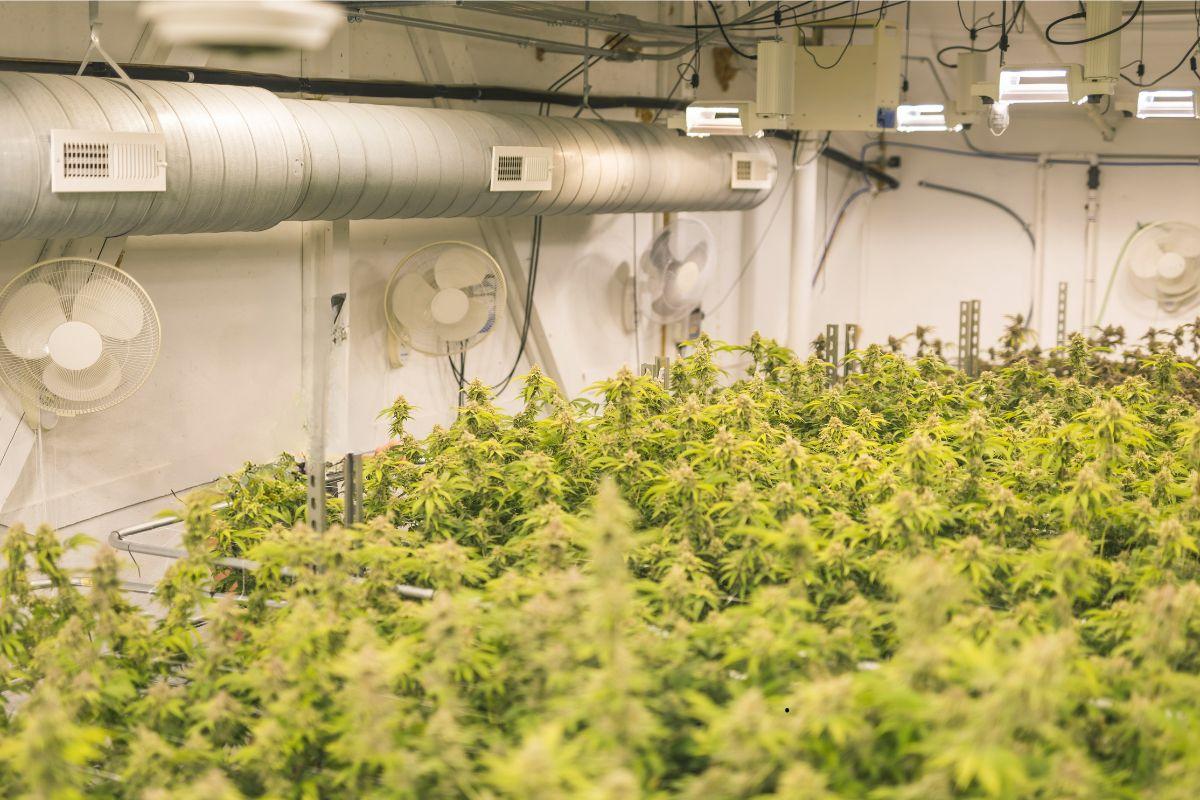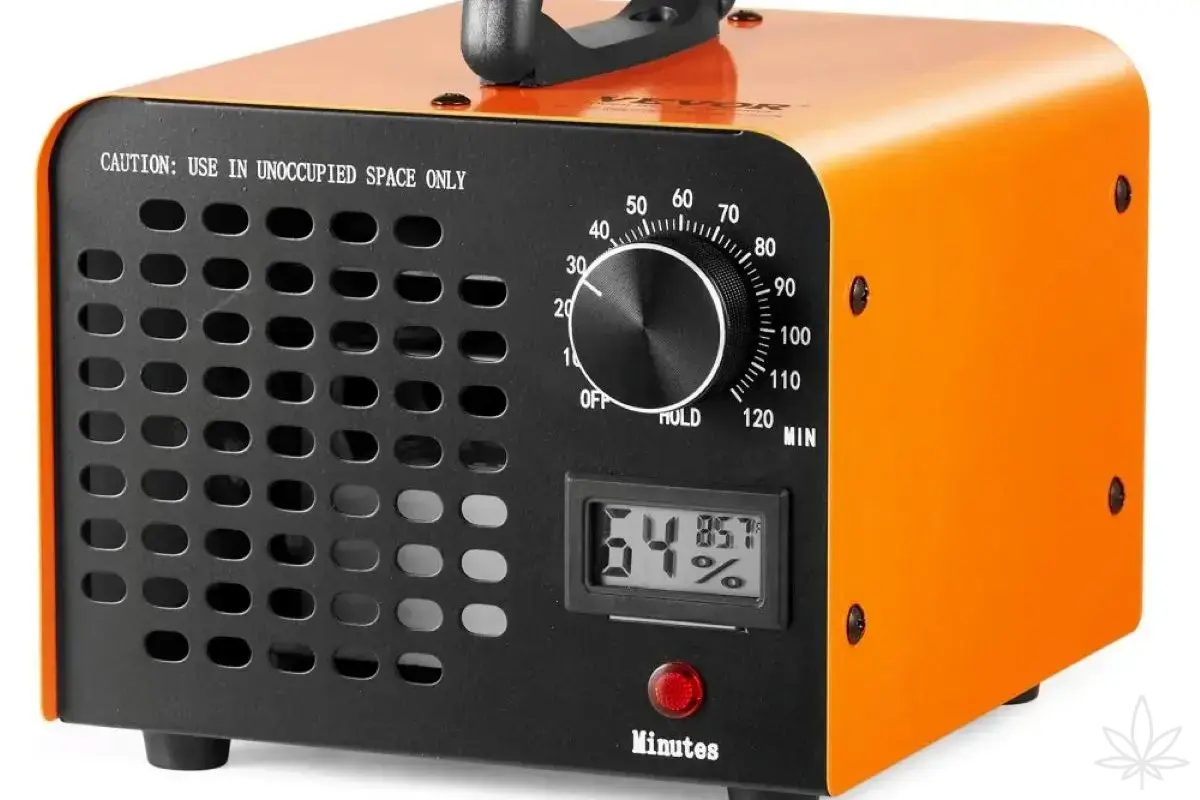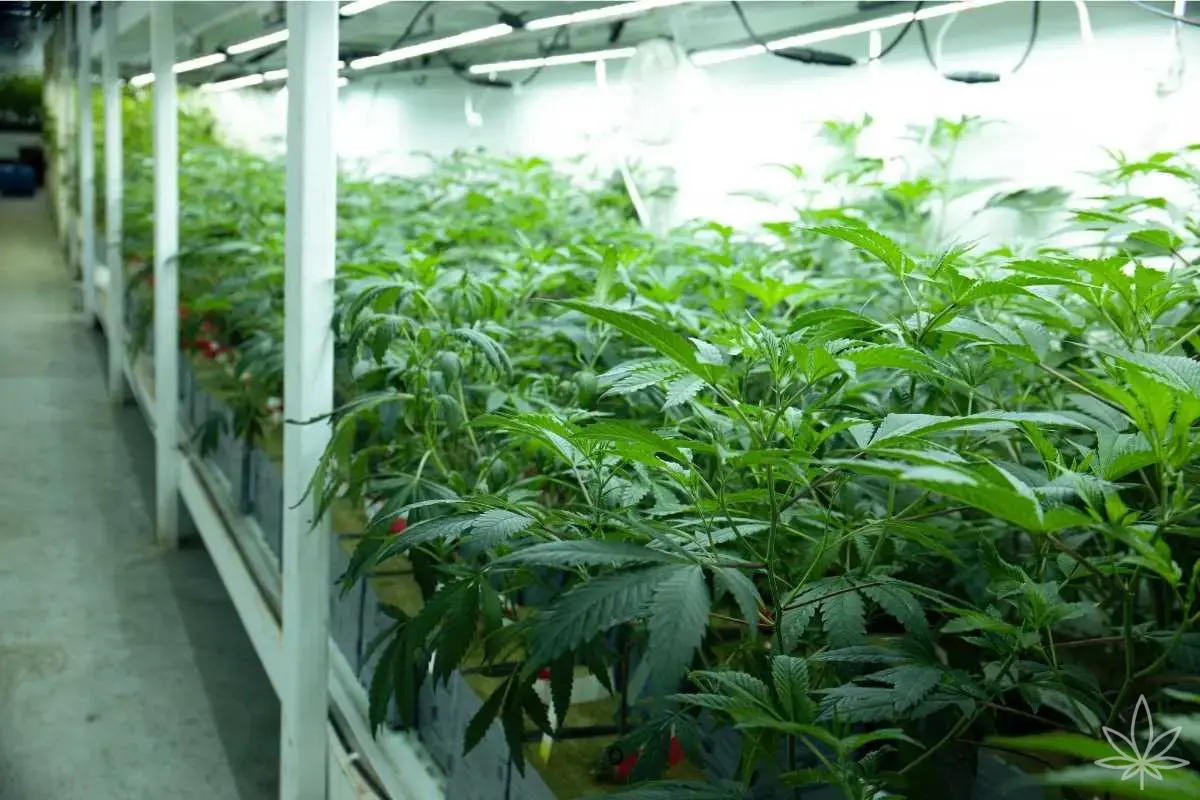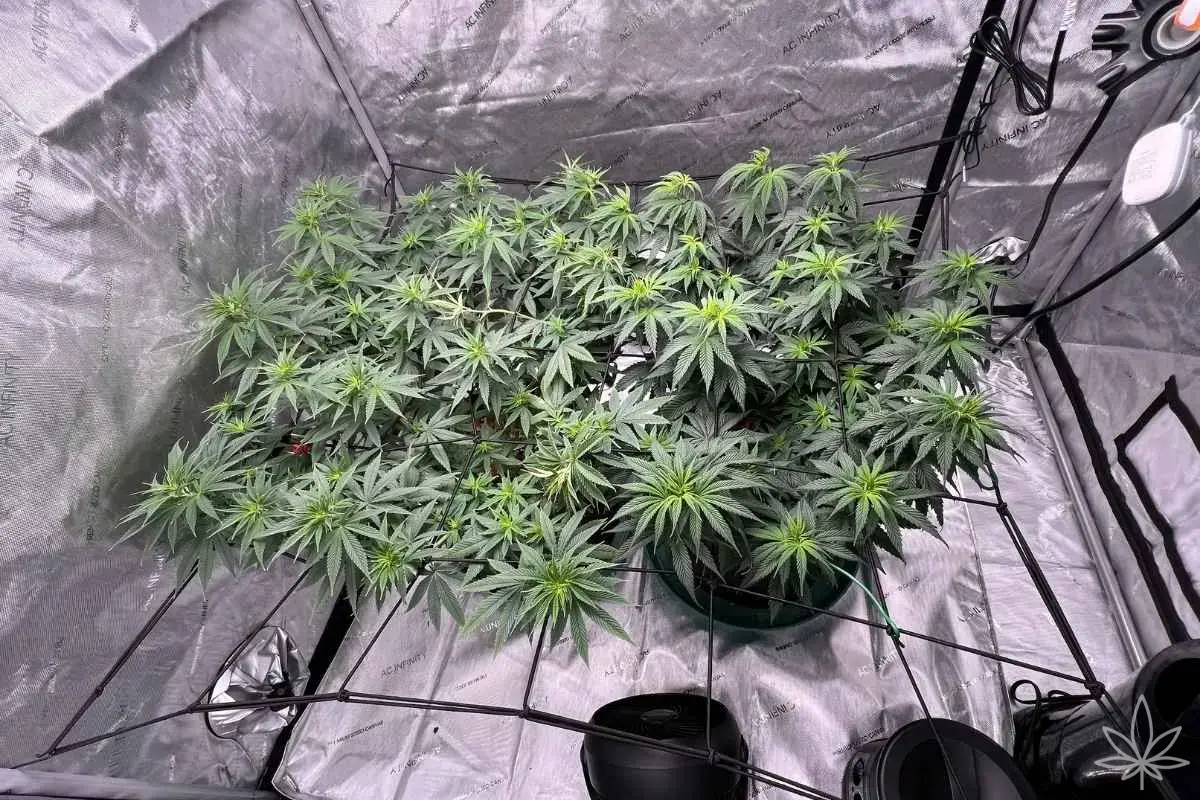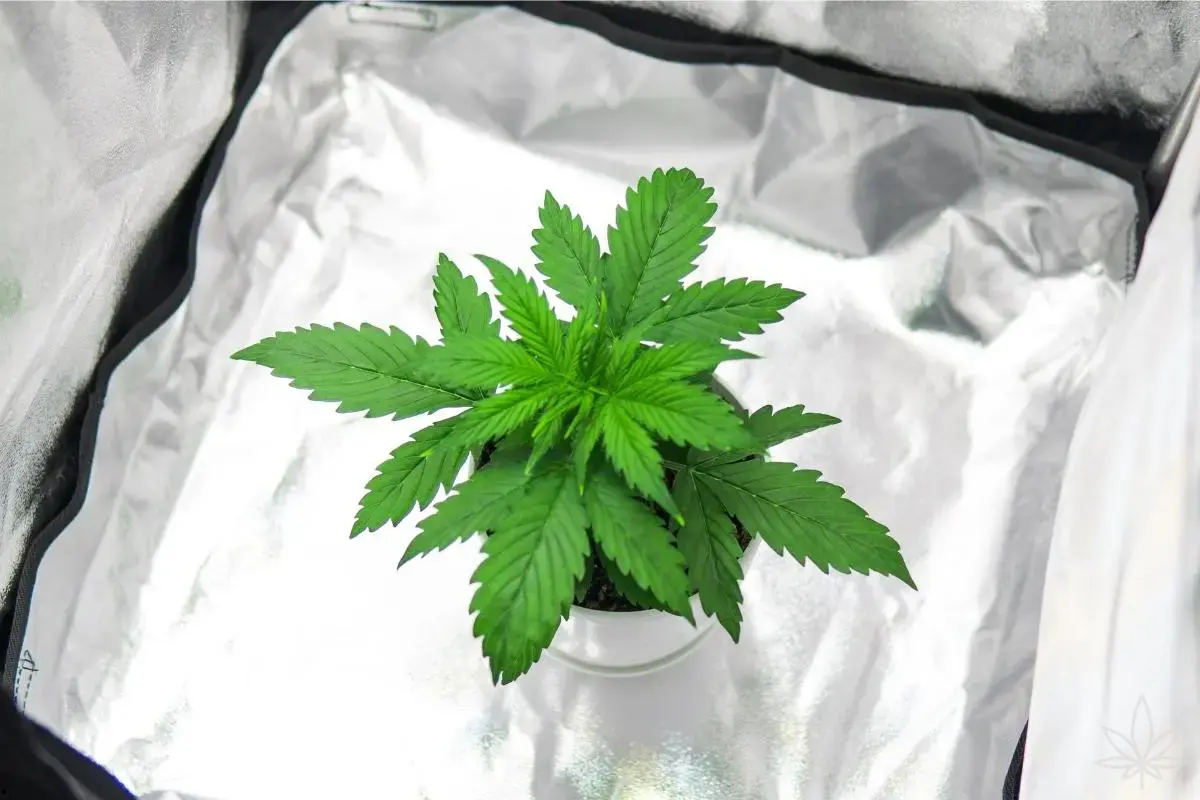Ventilation in indoor cultivation is one of the most important elements, often underestimated by beginner growers. Proper airflow affects not only plant health but also growth, resistance to diseases, and final yields. Check out why ventilation is the foundation of successful indoor cannabis cultivation.
Indoor cannabis cultivation is becoming increasingly popular, and growers invest in advanced lighting systems, fertilizers, and high-quality seed genetics. However, even the best-equipped growbox will not ensure success without one key element — ventilation. Proper air exchange in the grow room is a condition for the healthy development of plants and the effective use of their genetic potential. Why is ventilation so important? Let’s analyze it in detail.
1. Providing Fresh Air and CO₂
Cannabis plants, like all green plants, need carbon dioxide (CO₂) for photosynthesis. In a closed space, its amount is quickly depleted, especially with many plants. Lack of fresh air means slower growth, poorly developed flowers, and lower yields. Ventilation provides fresh, CO₂-rich air, enabling plants to fully utilize light and nutrients.
2. Temperature Control
HPS, LED, or MH lamps generate a lot of heat, which in a closed growbox can quickly raise the temperature to dangerous levels for the plants. The optimal temperature for most cannabis strains is 22–28°C during the day and 18–22°C at night. Exceeding these values risks overheating, wilting leaves, growth inhibition, and in extreme cases, even plant death. Proper ventilation removes excess heat and helps maintain stable conditions in the grow.
3. Humidity Regulation
Air humidity is another critical factor in indoor cultivation. In the early growth phase, plants need high humidity (60–70%), and in the flowering phase — much lower (40–50%) to prevent the development of mold and fungi, especially on dense buds. Lack of ventilation leads to moisture buildup, which promotes gray mold (Botrytis) and powdery mildew. Continuous air movement and effective moisture removal protect yields from losses.
4. Strengthening Plant Structure
Air circulation inside the tent or grow room works like natural training for plants. A light, steady airflow forces the stems to strengthen, resulting in a more compact and resilient structure. Plants without airflow have weak, floppy stems that may break under the weight of flowers. Oscillating fans are a simple way to simulate natural conditions and improve the condition of the grow.
5. Reducing Unpleasant Odors
Growing cannabis comes with an intense smell, especially in the flowering phase. A ventilation system with a proper carbon filter effectively removes odors from the growbox, keeping the cultivation discreet. Without ventilation, the smell quickly permeates the surroundings, which can be bothersome for household members or neighbors.
Basic Components of a Ventilation System
- Exhaust fan – responsible for removing warm and humid air from the growbox.
- Carbon filter – eliminates odors before the air is vented outside.
- Circulation fan – ensures air movement inside the grow tent.
- Ventilation ducts – allow fresh air to be supplied.
How to Calculate Ventilation Efficiency
To select the right fan, you need to know the growbox volume (length × width × height) and multiply it by the air exchange factor (usually 30–60 times per hour). For example, for a 1×1×2 m growbox = 2 m³, the minimum fan capacity should be 60–120 m³/h. You also need to account for losses from using filters and bends in the ducts.
Summary
Ventilation is an absolute foundation in any indoor grow. Without proper air exchange, plants will not be able to grow, flower, and fruit properly. It’s an investment that pays off many times over in the form of healthy, strong plants and abundant yields. Regardless of the grow size, it’s worth ensuring a well-designed ventilation system — it’s one of the pillars of professional cultivation.

